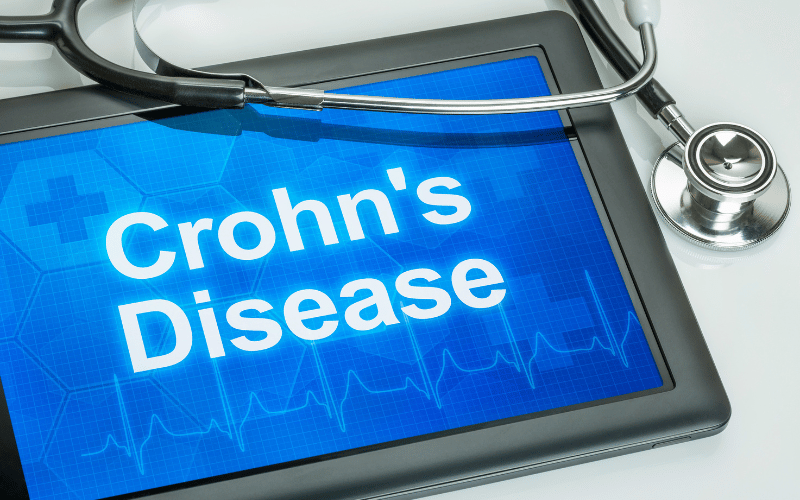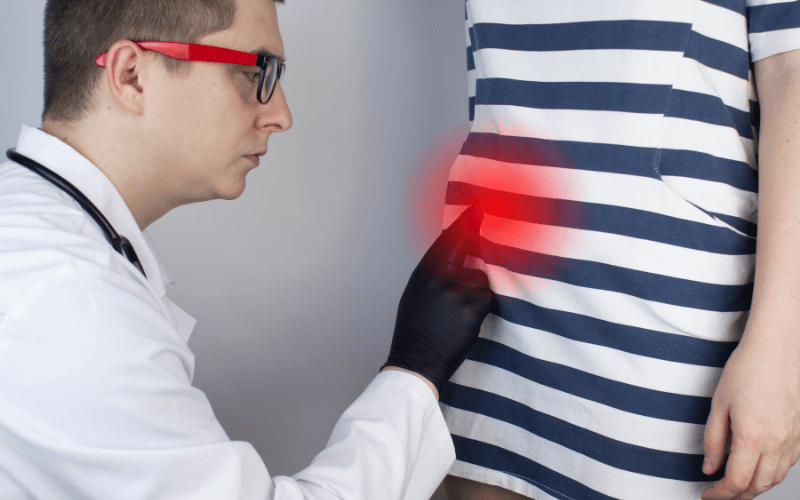Introduction: The Landscape of Crohn’s Disease

The mysteries of the human body never cease to amaze, especially when it comes to complex diseases like Crohn’s. This particular ailment, a type of inflammatory bowel disease (IBD), creates a life of pain and complications for many worldwide.
Unlike other diseases that exhibit the same symptoms across the board, Crohn’s branches out into different types, each bringing its unique set of challenges and manifestations.
This article intends to simplify this complicated web of disease types. By focusing on each variant, you’ll gain clarity on how they differ in location, symptoms, and treatment. Our goal is to bring clarity to those suffering, to caregivers, or simply to the curious reader.
Crohn’s disease remains a puzzle in many aspects. It’s an ailment that targets the digestive tract, causing an array of symptoms ranging from mild discomfort to debilitating pain. The exact cause remains elusive, although it’s believed to be a combination of genetic, environmental, and possibly even bacterial factors.
What further complicates this disease is its various types, each with its unique identity. Understanding these types is crucial, not just for medical professionals but also for patients. It’s the understanding that can lead to better management and, hopefully, a better quality of life.
1. Ileocolitis: The Most Common Face of Crohn’s Disease

Ileocolitis, as its name suggests, targets two major parts of the digestive system: the ileum and the colon. The ileum, the last section of the small intestine, works hand-in-hand with the colon to absorb nutrients and form stool.
When both these areas get inflamed, the body’s ability to process and absorb nutrition is hampered. This dual affectation is precisely why ileocolitis stands out in its impact on those diagnosed.
The tell-tale sign is a sharp, persistent pain in the lower right abdomen. It’s not just an occasional discomfort; it’s a pain that can disrupt daily activities.
Accompanying this pain is diarrhea that can sometimes be severe enough to warrant hospitalization. Additionally, sufferers often find themselves losing weight without trying, a consequence of the body’s inability to absorb nutrients efficiently.
Beyond the gut, the repercussions extend to other parts of the body. It’s not uncommon for patients to complain of joint pains, skin irritations, and even complications with vision due to eye inflammation.
Living with ileocolitis is akin to walking on a tightrope. Every meal can be a potential trigger for a flare-up, making dietary choices a continuous challenge.
Those diagnosed often have to maintain food journals, noting down everything they eat to identify potential irritants and triggers. Social activities centered around food, like dining out, become a challenge. It’s not just about what’s on the plate; it’s about how the body might react to it.
Treatment for ileocolitis is multifaceted. Dietary modifications are paramount.
Patients are often advised to opt for easily digestible foods and to steer clear of potential irritants like spicy or fried foods. Medications, primarily those that target inflammation, become daily companions.
In cases where the inflammation is severe and unresponsive to medications, surgical intervention might be considered. This could range from removing a part of the affected intestine to more extensive surgeries. (1)